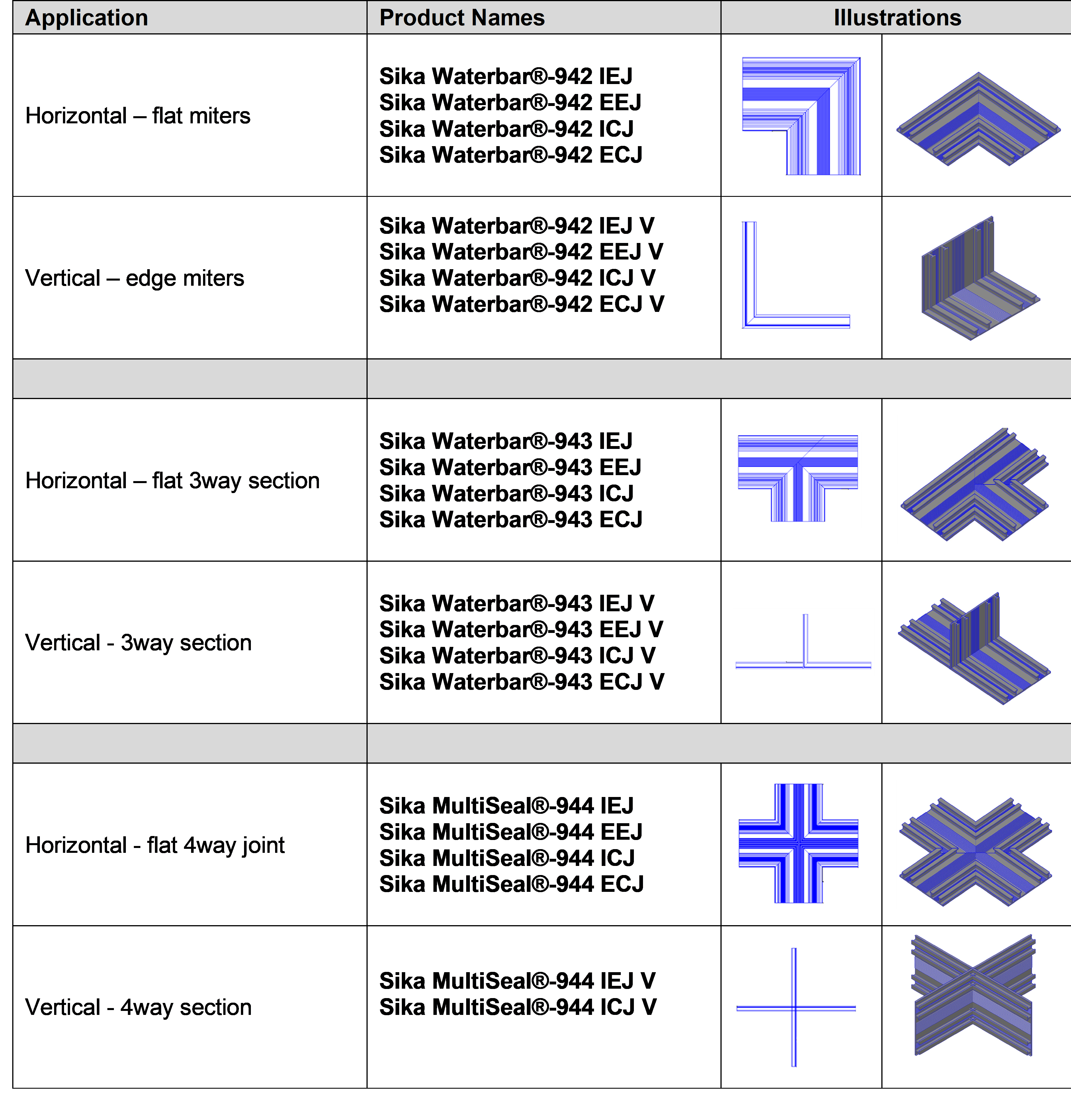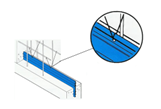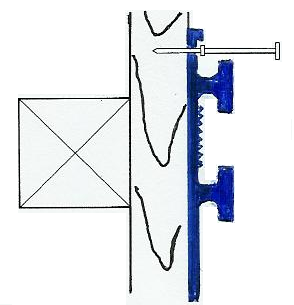Sika Waterbar®-940
(former MSeal 940)
Centrally and externally placed PVC Waterstops
Sika Waterbar®-940 is a range of centrally placed and externally placed PVC Waterstops extruded from high grade PVC compound.
- Permanent flexibility
- Homogeneous waterbar
- Suitable for low to medium levels of hydrostatic water pressure
- Resistant to all natural mediums in soil and groundwater
- Robust products designed for handling and installation on site
- Suitable for thermal welding on site




